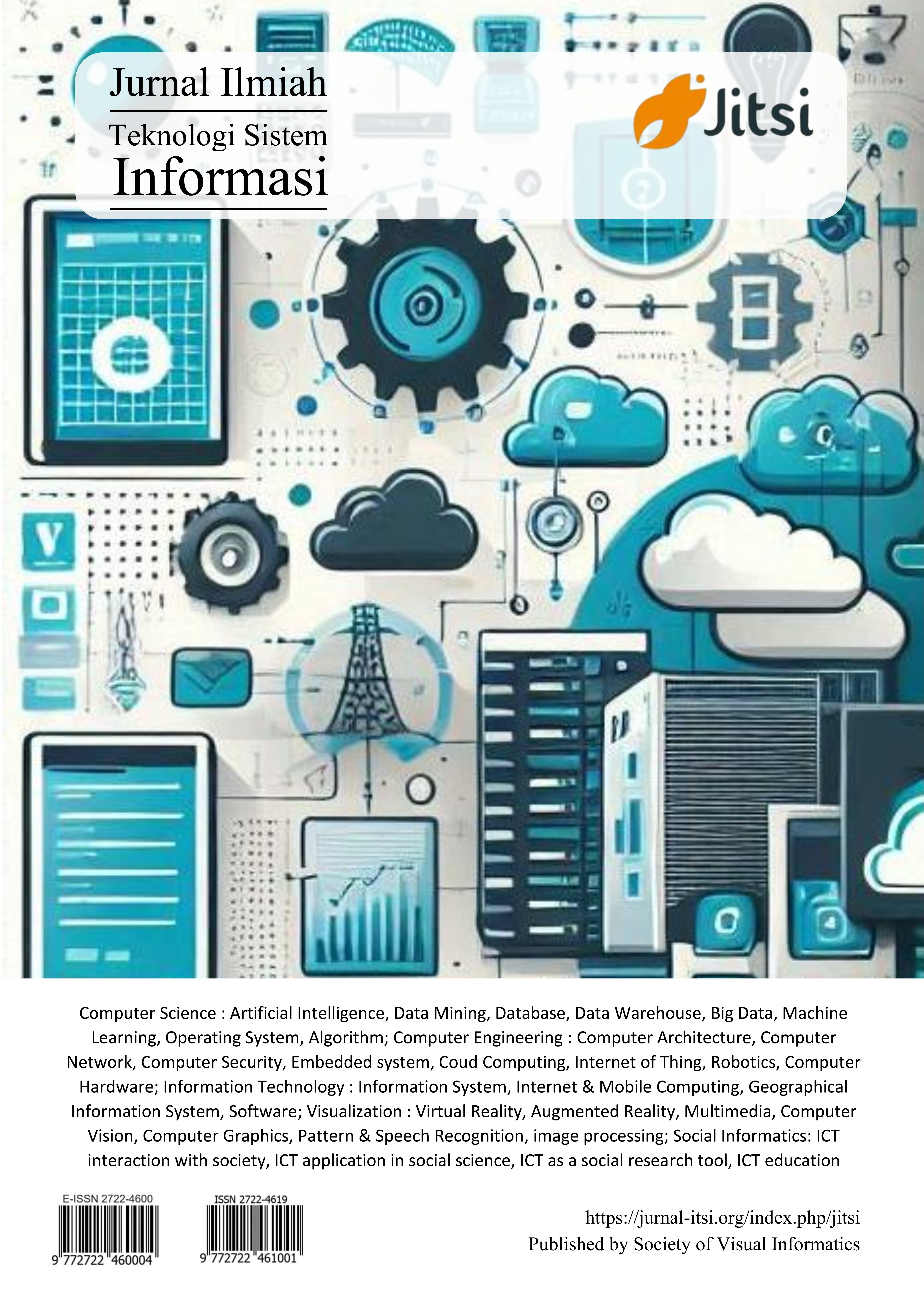Analisis Performa Ion Thruster Dengan Variasi Jarak
Main Article Content
Abstract
This research aims to examine the performance of ion thrusters with varying distances. An ion thruster is an electric propulsion technology that generates thrust by expelling positively charged ions. This technology offers high fuel efficiency, which is crucial for space missions that require minimal fuel endurance. The study uses a prototype ion thruster in a laboratory setting with a testing voltage of 5V. The testing focuses on analyzing current strength as a primary performance parameter. The research results are expected to provide insights into optimizing energy use for spacecraft, enabling fuel load reduction and increased payload capacity. This study also contributes to the sustainable development of space technology by emphasizing the importance of efficient energy consumption in ion thruster operations.
The research employs an experimental method by measuring the performance of ion thrusters at various distances. The results of this study are expected to serve as a reference for further development of ion thruster technology, particularly in the aspects of energy conservation and operational efficiency enhancement
Article Details

This work is licensed under a Creative Commons Attribution-ShareAlike 4.0 International License.
References
Holste, K., Dietz, P., Scharmann, S., Keil, K., Henning, T., Zschätzsch, D., Reitemeyer, M., Nauschütt, B., Kiefer, F., Kunze, F., Zorn, J., Heiliger, C., Joshi, N., Probst, U., Thüringer, R., Volkmar, C., Packan, D., Peterschmitt, S., Brinkmann, K. T., Klar, P. J. (2020). Ion thrusters for electric propulsion: Scientific issues developing a niche technology into a game changer. In Review of Scientific Instruments (Vol. 91, Issue 6). American Institute of Physics Inc. https://doi.org/10.1063/5.0010134.
Juminis. (2018) “Gaya Aerodinamik Dalam Penerbangan Perspektif Q.S An-Nahl: 79”, Syariati: Jurnal Studi Al-Qur’an Dan Hukum, 4(02), Pp. 143 - 152. Doi: Https://Doi.Org/10.32699/Syariati.V4i02.1172
Ketut I Gusti Sukadana (2015) Teori Turbin Gas Dan Jet Propulsi Teknik Mesin Universitas Udayana
Kusmaryanto, S. (2013). Spacecraft. Universitas Brawijaya
Nurul Huda, A., Lestari, I., & Hidayat, S. (2022). Pemanfaatan Karbon Aktif Dari Sekam Padi Sebagai Elektroda Superkapasitor. In Jurnal Ilmu Dan Inovasi Fisika) (Vol. 06, Issue 02).
Oltean, S. E. (2019). Mobile Robot Platform with Arduino Uno and Raspberry Pi for Autonomous Navigation. Procedia Manufacturing, 32, 572–577. https://doi.org/10.1016/j.promfg.2019.02.254.
Pristiansyah, Hasdiansah. , Sugiyarto. (2019). Optimasi Parameter Proses 3D Printing FDM Terhadap Akurasi Dimensi Menggunakan Filament Eflex. Jurnal Teknologi Manufaktur, 11(01).
Putra Diska Resha, Donny Yoesgiantoro. Suyono Tamrin (2020). Kebijakan Ketahanan Energi Berbasis Energi Listrik Pada Bidang Transportasi Guna Mendukung Pertahanan Negara Di Indonesia: Sebuah Kerangka Konseptual Nusantara: Jurnal Ilmu Pengetahuan Sosial, 7(3), 658–672. Https://Doi.Org/10.31604/Jips.V7i3.2020.658-672
Riyadi, S. (2018). Peran Motor Listrik Pada Transportasi Ramah Lingkungan. Jurnal Praxis, Jurnal Sains, Teknologi, Masyarakat Dan Jejaring 1(1) Doi: Https://Doi.Org/10.24167/Praxis.V1i1.1626
Umar Muhammad, Mukhlisin, Nuardi, Aldi Mansur, & Muhammad Aditya Bachri Maulana. (2021). Rancang Bangun Power Supply Adjustable Current pada Sistem Pendingin Berbasis Termoelektrik. Journal Of Electrical Engginering (Joule), 2(2).
Veeramanickam, M. R. M., Venkatesh, B., Bewoor, L. A., Bhowte, Y. W., Moholkar, K., & Bangare, J. L. (2022). IoT based smart parking model using Arduino UNO with FCFS priority scheduling. Measurement: Sensors, 24. https://doi.org/10.1016/j.measen.2022.100524

